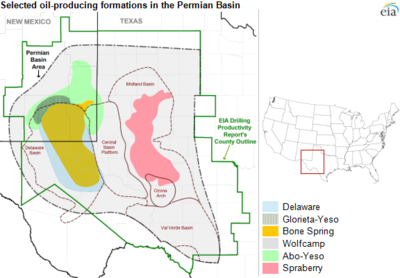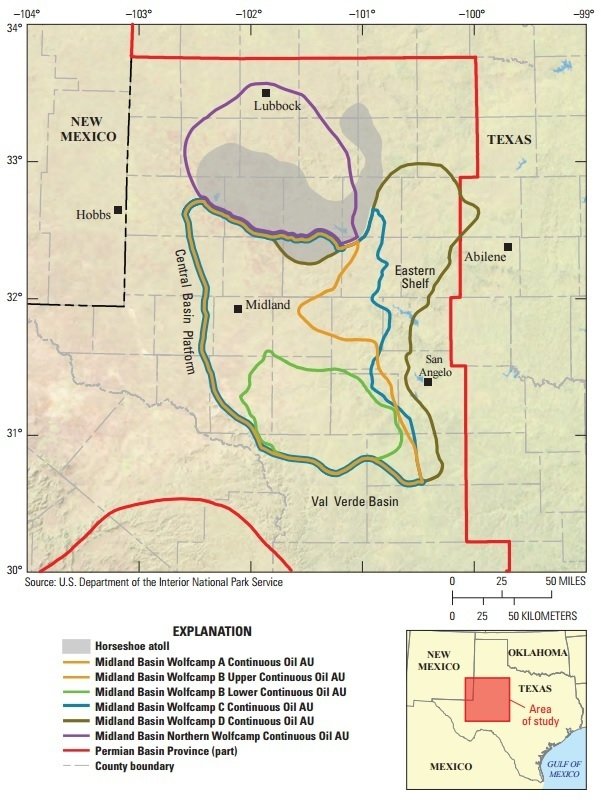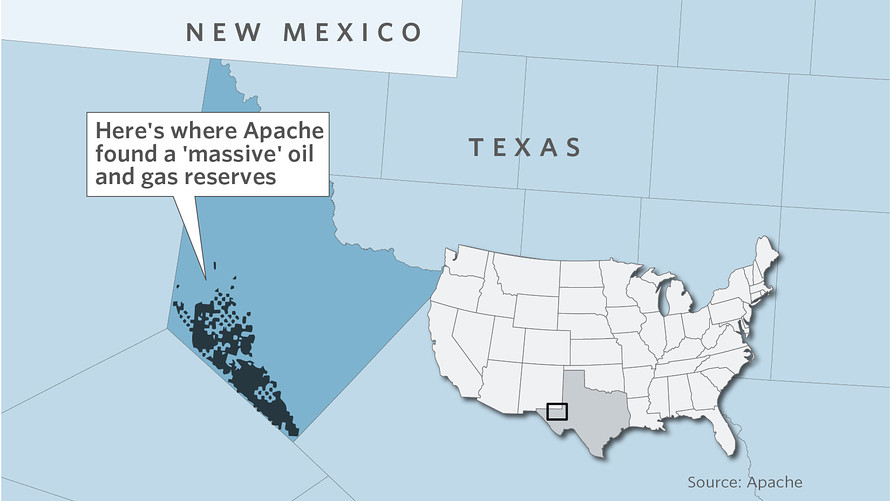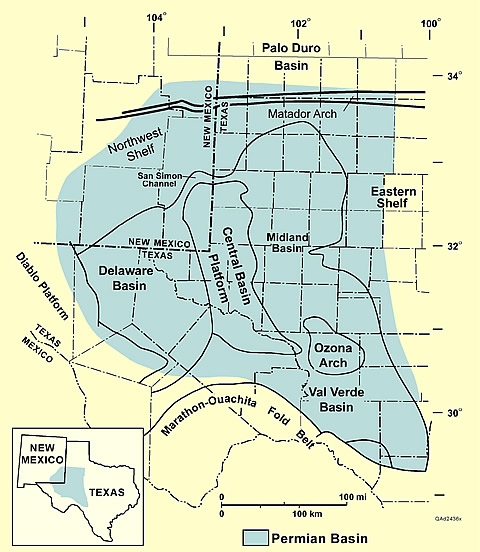As many Texans are aware, hydraulic fracturing (“fracing”) uses a lot of water. In fact, one of the important ways in which Texas oil and gas lawyers assist their clients is to make sure that the oil and gas leases they sign contain appropriate protections for the client’s freshwater sources.
ConocoPhillips recently announced the availability of its “Water Visualization Tool” to use in discussing their water use with landowners in the Eagle Ford Shale. This is a 3D modeling tool that contains a model of the subsurface based on data from state and federal public databases, such as the US Geological Survey. With this tool, the oil company can demonstrate to a landowner the location and depth of the reservoir from which it is obtaining water and the spacing between horizontal wells and water sources.
The Water Visualization Tool sounds like it will assist in clear communication between oil companies and landowners. However, the more important issue is the need to continue to push to find non-freshwater sources for water used in fracing. For example, ConocoPhillips itself used municipal wastewater from Karnes City, Texas in the fracing of its wells in Karnes County. Other companies have used brackish water or are recycling water to use in fracking.
 Texas Oil and Gas Attorney Blog
Texas Oil and Gas Attorney Blog





